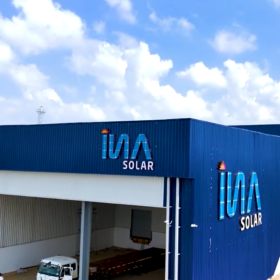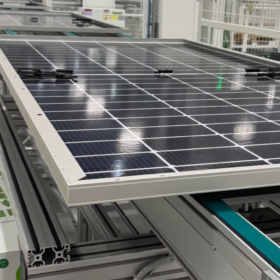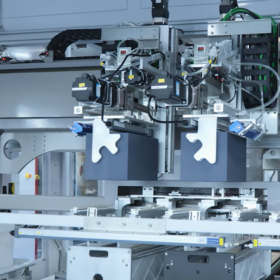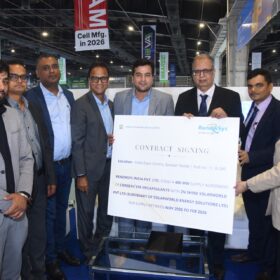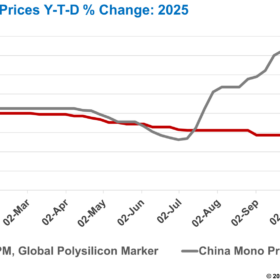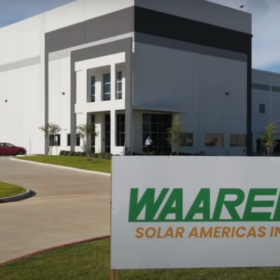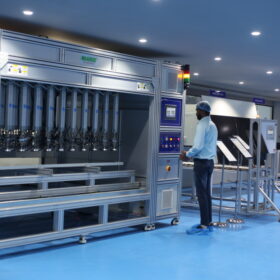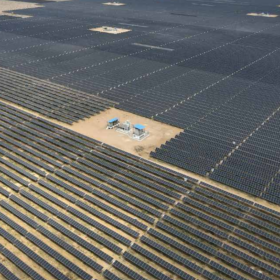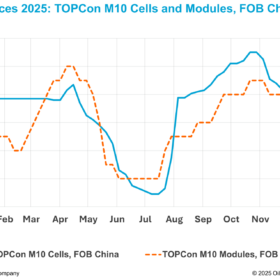Insolation Energy reports progress on 4.5 GW solar cell facility in Madhya Pradesh
Insolation Energy (INA Solar) has advanced construction work on its upcoming 4.5 GW solar cell manufacturing plant and 18,000 metric tonnes per annum aluminium frame production facility in Narmadapuram, Madhya Pradesh. Major equipment orders for the manufacturing lines have already been placed.
‘Back contact will reach cost parity with TOPCon before end of decade’
During a pv magazine Week Europe 2025 webinar, panelists forecast back contact (BC) solar cells’ market share will draw level with TOPCon towards the end of the decade, before tandem technology begins large-scale momentum in the early 2030s.
Waaree Solar Americas secures 288 MWp module order from Sabanci Renewables
Waaree Solar Americas has secured 288 MWp module order from Sabanci Renewables for two utility-scale projects in Texas.
Emmvee secures 4.5 GWp domestic order for TOPCon solar cells
Emmvee Energy has signed a major supply agreement with a domestic buyer for the delivery of 4.5 GWp of TOPCon solar PV cells.
RenewSys secures 400 MW EPE encapsulant order from ZNShine Solarworld
RenewSys has secured a long-term supply agreement with ZNShine Solarworld to supply high-quality encapsulants for 400 MW of solar panels. Deliveries will take place from November 2025 through February 2026.
OPIS Global Polysilicon Marker holds firm as trade barriers continue driving fragmentation
In a new weekly update for pv magazine, OPIS, a Dow Jones company, provides a quick look at the main price trends in the global PV industry.
Fraunhofer ISE achieves 30.6% efficiency for perovskite-silicon tandem based on industry-standard bottom TOPCon cell
Researchers at Fraunhofer ISE have developed a perovskite-silicon tandem solar cell using a TOPCon bottom cell with standard textured front surfaces. Their results show that TOPCon bottom cells can perform comparably to heterojunction cells in tandem devices in terms of shunt resistivity, supporting scalable, cost-effective industrial production.
Waaree Energies secures 288 MW solar module order in USA
Waaree Energies today announced that it has secured an order to supply 288 MW of solar modules in the United States. The delivery of the solar modules is scheduled for the financial year 2026–27.
U.S. extends solar manufacturing tariff exclusions
The U.S. Trade Representative has extended the exclusion of 178 items from the Section 301 import tariffs that were put in place by the prior administration in 2024. The still standing tariffs include a 50% increase on solar cells.
Waaree ranked India’s top solar module supplier by shipment volume in Q3 2025
About 11 GW of solar modules were shipped to the Indian market in Q3 2025 by 28 major players—both domestic and international—with Waaree leading the supplies at approximately 1.4 GW, according to the latest JMK Research report.
